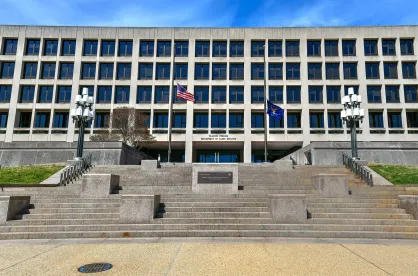Last week, the Equal Employment Opportunity Commission (EEOC) and the United States Department of Labor’s Wage and Hour Division (DOL) issued a memorandum of understanding (MOU) that announced they are partnering for the purpose of information sharing and joint investigations. As you know, the EEOC investigates and enforces allegations of discrimination and retaliation under Title VII and similar federal employment laws. Meanwhile, wage and hour issues fall in the DOL’s wheelhouse (primarily issues arising under the Fair Labor Standards Act, but also the Family and Medical Leave Act and other employee wage protection statutes).
Key Points from the MOU
-
The DOL and EEOC intend to share information to support the other’s enforcement activities, either based on that agency’s own initiative or the other agency’s request. The shared information could be collected in an investigation or through any other source.
-
The DOL and EEOC will train each other’s staff to identify issues arising under the other agency’s jurisdiction.
-
DOL staff will review employer information for unlawful conduct that falls in the EEOC’s wheelhouse and vice versa. If an employer is providing information to the DOL, for example, they should also review it to consider how the EEOC might analyze it (i.e., are we providing compensation information in a wage and hour audit that could suggest discriminatory treatment based on a protected category?).
-
The MOU sets forth particular points of contact at each agency to submit requests for information to, and respond to such requests from, the other agency.
-
The DOL and EEOC will consider conducting coordinated investigations if a matter arises within both agencies’ jurisdictions.
-
The exchange of information pursuant to this MOU is not considered a public disclosure under the Freedom of Information Act. This means the agencies are free to exchange confidential information as they see fit, although they will not be permitted to disclose such shared information to the public.
Takeaways
While governmental agencies have long shared information, the MOU formalizes the DOL and EEOC collaboration moving forward. This is also an important reminder that when you provide information to the EEOC, you are potentially providing it to the DOL — and vice versa. Accordingly, you should consider how it might be interpreted by — and carry potential liability with respect to — the other agency. If you catch wind that the DOL is investigating, or you receive an EEOC charge or request for information, call your lawyer sooner rather than later to help navigate these multi-layered issues.
Listen to this post





 />i
/>i

